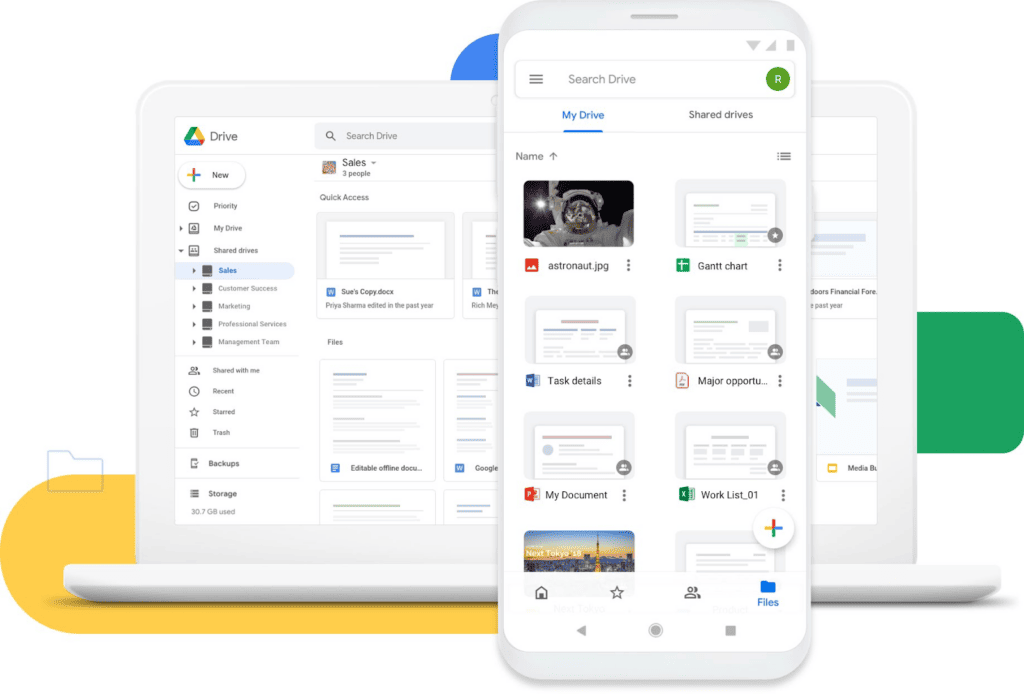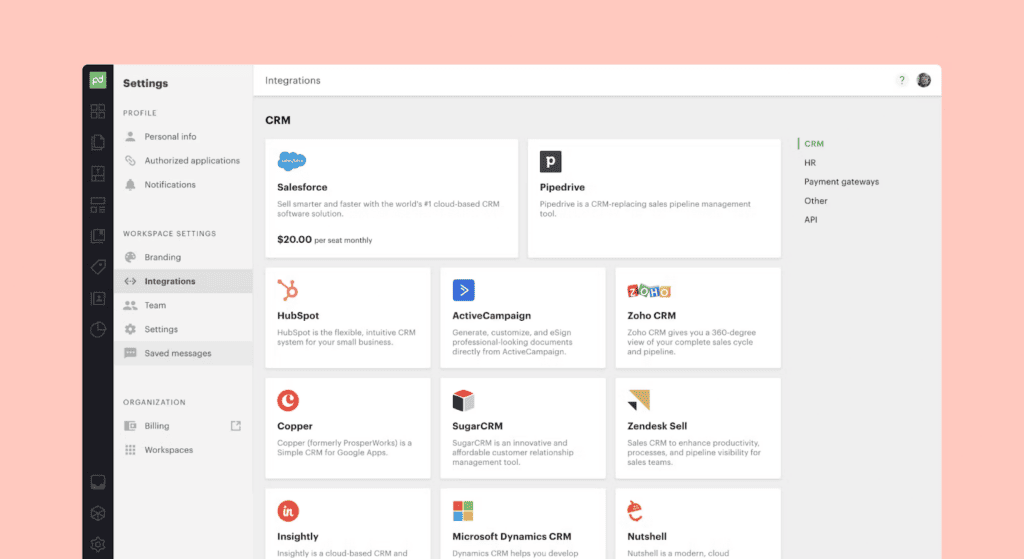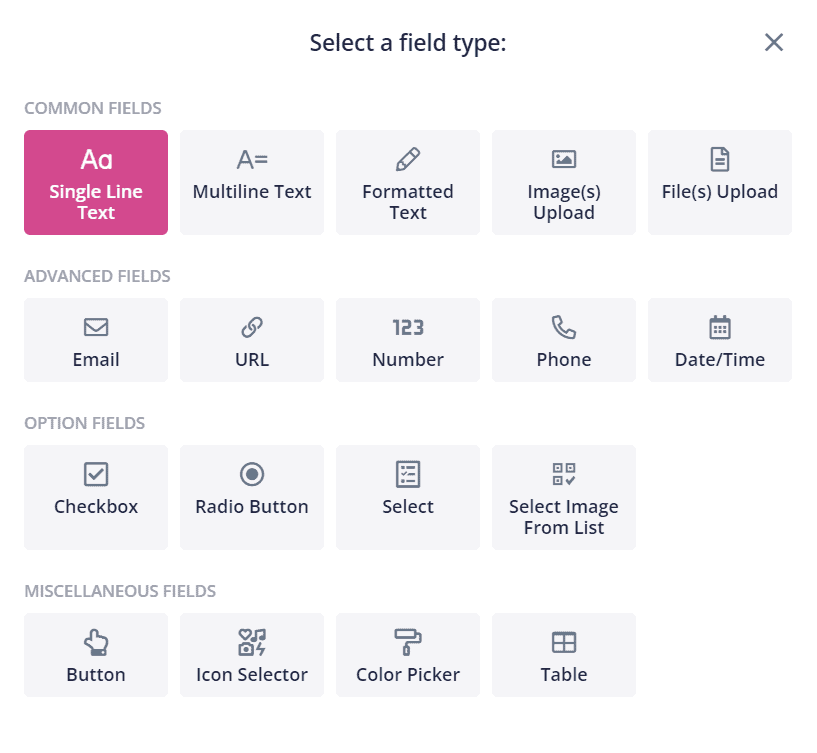


In today’s hectic, fast-moving world, organization is the cornerstone of success. That goes for all aspects of business, but it’s especially true when managing client files.
With a haphazard approach to file storage, you’ll spend half your time searching for the specific document you need. Worse still, you could misplace or lose it altogether. But with effective file management, you can unlock a host of benefits, including:

Now we know the importance of keeping client files organized, let’s look at some tips and tricks for getting this right in practice.
The first thing to consider is how you organize and structure your files. While there isn’t one single best way to do this, we recommend taking a logical, hierarchical approach.
For example, if you are an accounting firm, you may want your primary parent folders to be the name of your clients. Within those folders, you could create subfolders to organize files based on the type of work, information, or client project. Here are some examples:
Alternatively, you could choose to make the type of work or information the primary parent folder, and then create folders within those for each client.
Here are how these two examples of folder/file hierarchies would look, using a fictional client:
1. Peter Smith (folder) → Tax returns (folder) → Statement of earnings (file)
2. Tax returns (folder) → Peter Smith (folder) → Statement of earnings (file)
You may have to do a bit of experimenting to find what works for you. But once you’ve settled on a hierarchical system for organizing your files, make sure you use it consistently.
It’s also important that you are consistent in the way you name your folders and files. This sounds like a small point, but it helps massively when it comes to retrieving the right client information.
Again, how you choose to do this is up to you. The key is to apply the naming conventions you choose across the board — and to make sure everyone on your team knows to do the same.
For example, if you are organizing client invoices, you could include a sequential number at the end, like this: PeterSmith_Invoice_0001.
Alternatively, you could name them with a date format at the end, like this: PeterSmith_Invoice_June23.
Then again, you might find that putting the date at the start of the file name and using the ‘yymm’ (i.e. year then month) format allows you to view all invoices in chronological order: 2306_PeterSmith_Invoice.
Here are some other things to consider when naming files:
It’s important not only to be consistent in how you organize client files but also in how you gather them in the first place.
There are countless ways you can get a client to send you files. If some members of your team are gathering documents via email or chat apps while others are using a web form, things can get pretty messy.
To sidestep this issue, create consistent processes that everyone can follow. Here are some tips to help you do that:

Unless you are a one-person business, multiple people across your team or organization are going to need access to client files at any given time.
The key to making files easily accessible is to use the right technology, but more on that later. Here are some tips to steer you in the right direction:
Clients come and go, as do projects. If you don’t deal with files that are no longer relevant, you’ll struggle to keep things organized while wasting valuable digital storage space. And then there’s the unnecessary risk that comes with storing sensitive client files.
If you are sure that you no longer need them, you can delete unnecessary files altogether. We recommend having a consistent process in place that outlines exactly when and under what circumstances a file should be deleted.
Alternatively, you could choose to archive certain files that you don’t currently need but may need later on. Most document management systems offer archiving functionality.
If you are using a simple file storage platform that doesn’t allow for archiving, you could simply move older files to a folder named ‘Archive.’
It goes without saying, but data security is of paramount importance when organizing and storing your files.
Every time you move a file from one system to another, there’s a risk that it could be intercepted or hacked. Files can also be at risk when ‘at rest’, depending on the security capabilities of the platform you are using to store them.
When organizing and storing your client files, we recommend looking out for the following security features:
Unlike paper files, digital files require technology to facilitate their storage and management. But to organize files effectively goes far beyond local storage on individual devices.
In this section, we’ll look at the different types of software you can use to streamline file management.

Google Drive — one of the most popular free file storage systems (source)
Examples: Free file storage systems such as Google Drive, Microsoft OneDrive, and Apple iCloud, as well as paid services such as Dropbox.
File storage systems focus primarily on providing a centralized cloud-based repository for storing and sharing digital files.
The emphasis here is on easy access and collaboration across teams. You can also invite clients to upload documents directly to your file storage system, giving it the functionality of a client portal.
While file storage systems may offer additional features in areas such as version control and collaboration, their primary function is a place to securely store and organize files.

Available integrations in PandaDoc, a popular DMS (source)
Document management systems also allow you to manage and organize digital documents in a coherent and logical way. Where they differentiate themselves, however, is in the level of their functionality.
Document management systems focus on streamlining document-related processes and workflows, and they offer a much more comprehensive set of features than your average file storage system, including:
Whether you need a DMS or a plain old file storage system will depend on your business needs and the functionality that matters most to you.

Building custom forms in Content Snare
Before you can organize client folders, you first need an effective way to gather client information, documents, and files.
In some cases, you can use a file storage system as a client portal to do this. For example, you can share a link with your client, giving them access to a particular shared folder. But if you need to gather a range of different documents in one go — for example during the onboarding process — this approach doesn’t quite cut it.
Instead, you can use a dedicated document collection tool, like Content Snare.
Content Snare enables you to build custom web forms and questionnaires that guide clients through the process of submitting important documents, files, and information.
Unlike your bog-standard client portal, Content Snare allows you to clearly specify exactly what you need from your client. If you need a PDF, you can set the form up to only accept PDFs. You can limit things like file sizes, word counts, and other important parameters.
As a result, you get exactly what you need from your client the first time. So no more back-and-forth emails or phone calls to chase clients for the right files.

Creating detailed requests in Content Snare
Content Snare comes with tons of features to make the process of requesting and submitting document and files simple, such as:
Once your client has submitted the form, you can automatically sync those files with file storage platforms, including Google Drive, Dropbox, OneDrive, and Sharepoint.
You can also use our Zapier integration to seamlessly connect to your other work systems and build powerful automated workflows.
Before you can get your client files organized, you first need an effective and secure way to gather them. This is where Content Snare can help. With our intuitive web forms and ready-made templates, it has never been easier to gather the files you need.